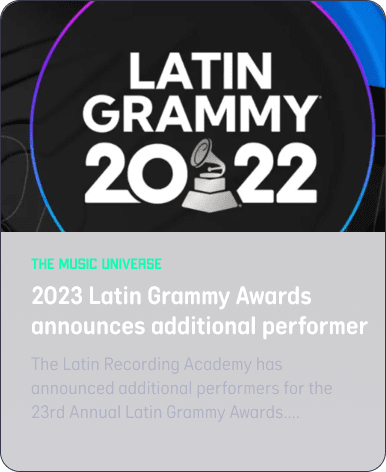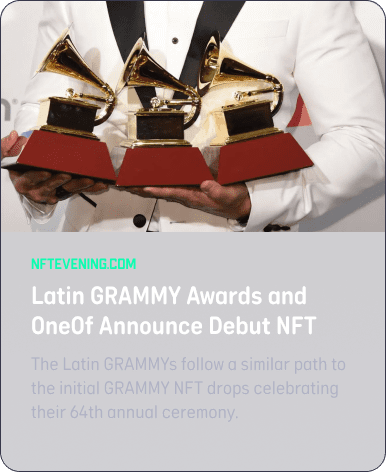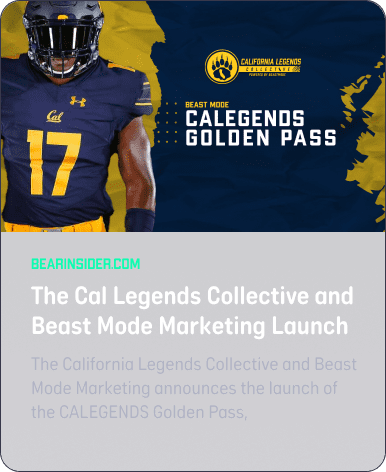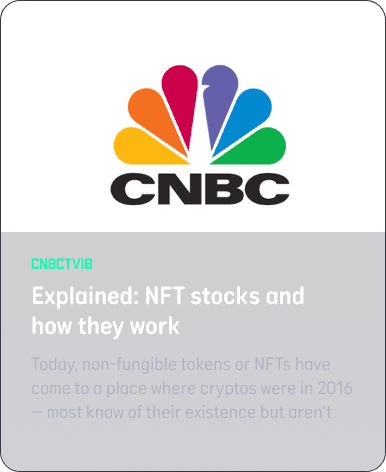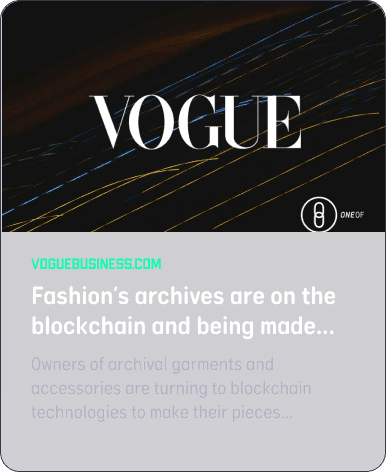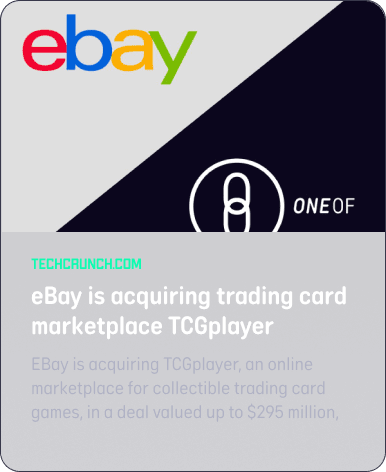Maybe you wore out both discs of “Life After Death.” Perhaps you couldn’t get enough of Sean Combs and Lin-Manuel Miranda’s tribute at the Rock ‘n Roll Hall of Fame induction.
Thanks to technology, you can now own the rights to an iconic Biggie rap.
No matter how deep your connection to The Notorious B.I.G., the people in charge of the pioneering rapper’s estate think it can go even deeper.
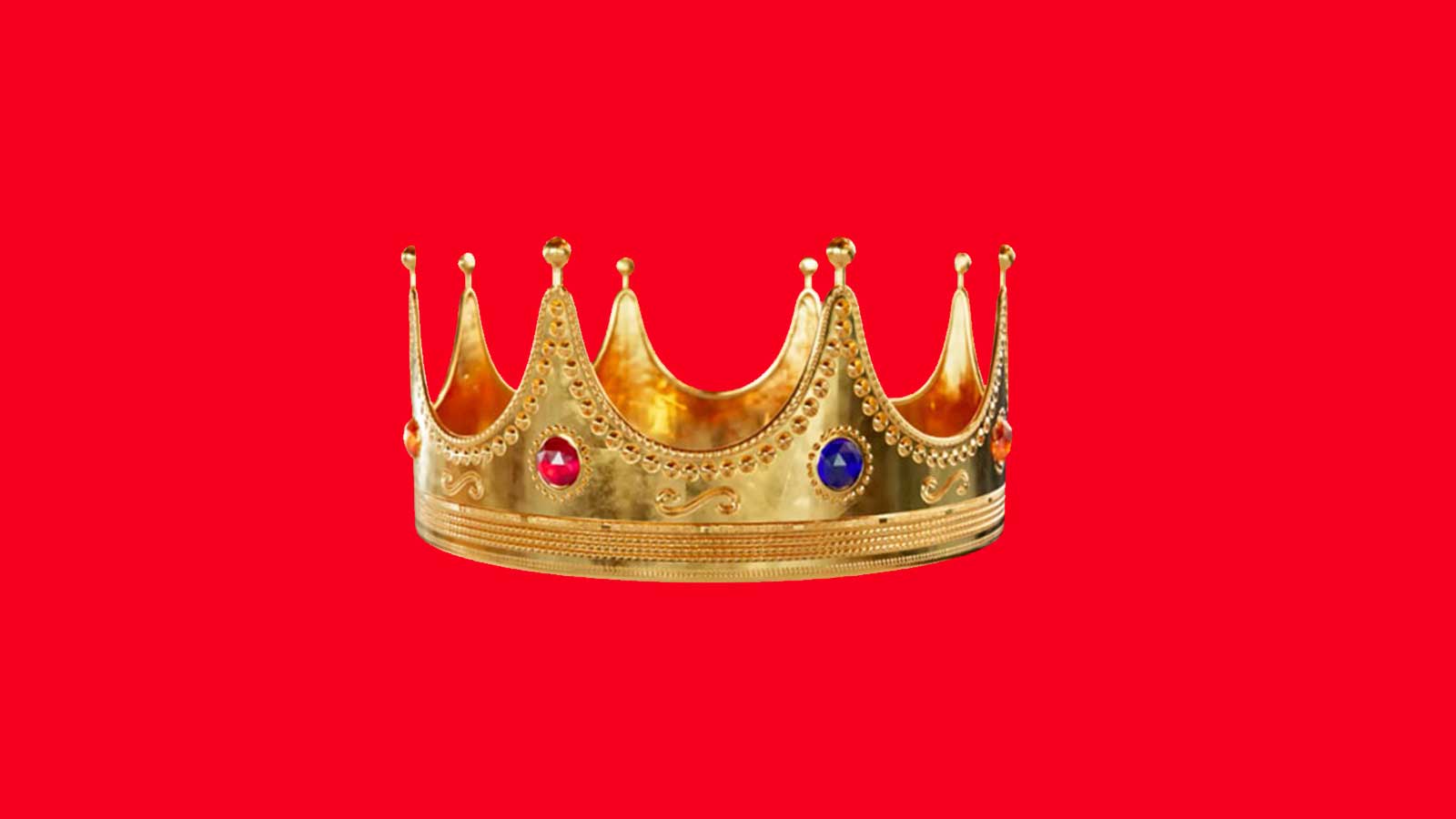
No matter how deep your connection to The Notorious B.I.G., the people in charge of the pioneering rapper’s estate think it can go even deeper. ‘Wait on a digital line to drop $100 on a piece of AI-generated art’ deeper.
On Tuesday afternoon the estate made available — first to a list of fans that have demonstrated their devotion and then to the general public — a 3,000-piece NFT collection that uses algorithms to resurrect the late icon’s signature looks. The Notorious NFT is dedicated to the proposition that keeping an artist alive is not so much about holding them in your heart as retaining them in your digital wallet.
To its backers, this offers an opportunity to communicate Biggie’s essence in a way even the most raw bootleg can’t — though as with so many things web3, far from everyone will see the upside.
“This is a chance to give fans a piece of his legacy instead of just pushing the legacy on them,” said Wayne Barrow, a longtime friend of the rapper who now helps manage his estate. “It’s what makes web3 great — you can participate instead of just purchasing what somebody’s selling.”
The big poppa of the drop, Barrow said, isn’t even the digital art. It’s membership in a collective that will be empowered to decide the fate of the “Fulton Street Freestyle” — a famous bit of viral video in which a 17-year-old Christopher Wallace improvised lyrics on a Brooklyn streetcorner for adoring crowds.
The performance has never been licensed out. But the 3,000 NFT owners will get to vote on whether any paying entity that wants to use it as a sample or in other derivative works can do so. Members might even see some revenue from such a sale, though organizers say the details have yet to be worked out.
Biggie died 25 years ago, of course, gunned down after an industry party in Los Angeles in the wake of a coastal-rap feud with Tupac Shakur, who’d been killed months earlier. The posthumous celebration — and market economy — kicked off almost immediately, with the “Life After Death” release going diamond (10 million copies).
It has barely slowed since, powering along with such events as a record $600,000 sale of that famous crown several years ago. To mark what would have been his 50th birthday this year, the Empire State Building lit up in Biggie colors while Combs’ record label released a deluxe box set of “Life After Death.”
